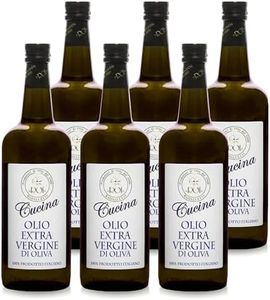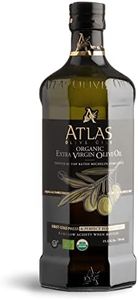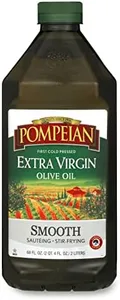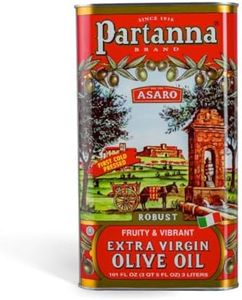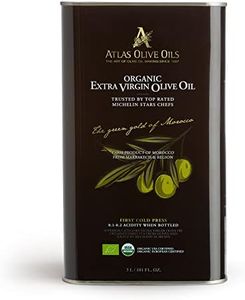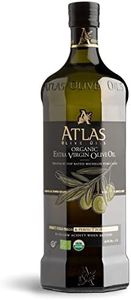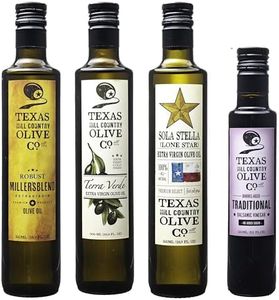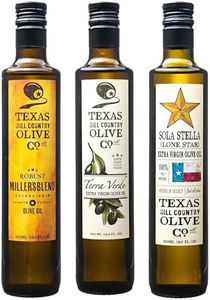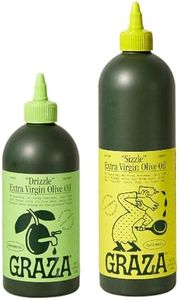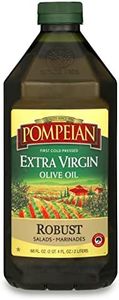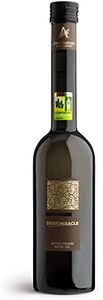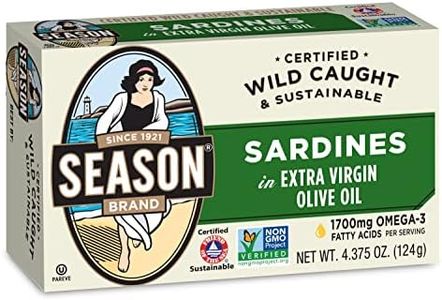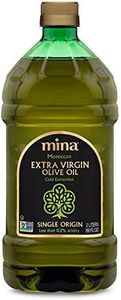We Use CookiesWe use cookies to enhance the security, performance,
functionality and for analytical and promotional activities. By continuing to browse this site you
are agreeing to our privacy policy
10 Best Olive Oil Brands 2025 in the United States
How do we rank products for you?
Our technology thoroughly searches through the online shopping world, reviewing hundreds of sites. We then process and analyze this information, updating in real-time to bring you the latest top-rated products. This way, you always get the best and most current options available.

Buying Guide for the Best Olive Oil Brands
Choosing the right olive oil can significantly enhance your culinary experience. Olive oil is not just a cooking ingredient; it also offers numerous health benefits. When selecting an olive oil, it's important to consider several key factors to ensure you get the best quality and flavor that suits your needs. Here are the key specifications to look for and how to navigate them.Type of Olive OilOlive oil comes in various types, including extra virgin, virgin, and refined. Extra virgin olive oil is the highest quality, made from pure, cold-pressed olives, and has the most flavor and health benefits. Virgin olive oil is also made from pure olives but has a slightly lower quality. Refined olive oil is processed to remove impurities and has a milder flavor. Choose extra virgin for salads and dipping, virgin for general cooking, and refined for high-heat cooking.
Acidity LevelThe acidity level in olive oil indicates the amount of free fatty acids present. Lower acidity levels (below 0.8%) are found in higher quality oils like extra virgin olive oil and contribute to a better taste and longer shelf life. Higher acidity levels can indicate lower quality and a shorter shelf life. For the best flavor and health benefits, opt for olive oils with low acidity.
OriginThe origin of the olive oil can affect its flavor profile. Olive oils from different regions, such as Italy, Spain, Greece, and California, have distinct tastes due to the climate and soil in which the olives are grown. If you prefer a specific flavor, research the typical taste profiles of oils from different regions. For example, Italian olive oils are often robust and peppery, while Spanish oils can be more fruity and nutty.
Harvest DateThe harvest date indicates when the olives were picked and processed. Fresher olive oil generally has a better flavor and more health benefits. Look for oils with a recent harvest date, ideally within the past year. Avoid oils without a harvest date, as they may be older and of lower quality.
PackagingOlive oil should be stored in dark glass bottles or tins to protect it from light, which can degrade the oil and reduce its quality. Clear bottles may look appealing but can lead to faster spoilage. Choose olive oil in dark glass or tin packaging to ensure it stays fresh longer.
Flavor ProfileOlive oils can have a range of flavor profiles, from mild and buttery to robust and peppery. The flavor you choose should complement the dishes you plan to prepare. Mild oils are great for baking and light dishes, while robust oils are perfect for salads, dipping, and finishing dishes. Consider your cooking style and preferences when selecting the flavor profile.
Most Popular Categories Right Now
